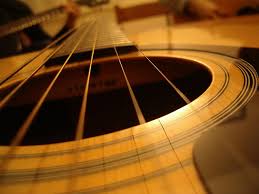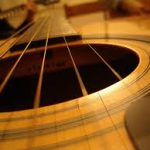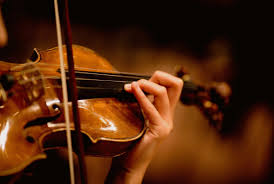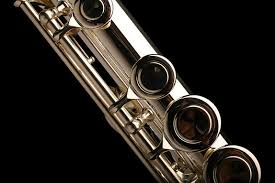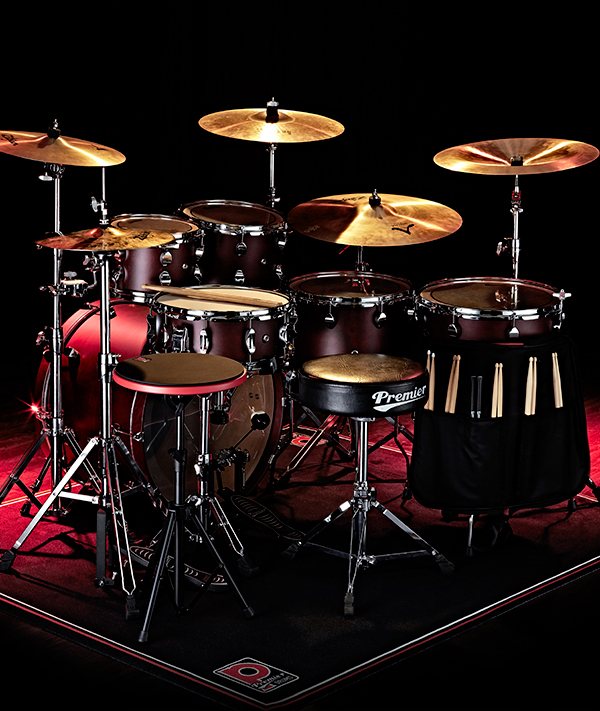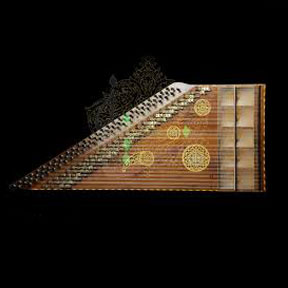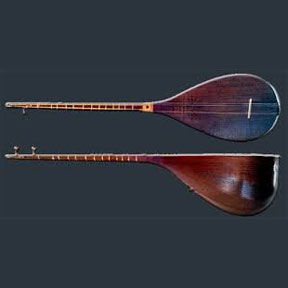History:
The guitar is a stringed instrument played by plucking or strumming, and since its strings produce sound through vibration, it belongs to the chordophone family. Despite its significant historical background in terms of both its structure and playing techniques, the guitar has advanced considerably alongside Western musical developments, resulting in various types that now hold a special place in world music.
The English word “guitar,” the German “gitarre,” and the French “guietare” all derive from the Spanish “guitarra,” which itself comes from the Andalusian Arabic “qithara,” which in turn is derived from the Latin “cithara.” The Greek word κιθάρα (kithara) also has roots in the Persian word سیهتار (sehtar).
There are different narratives about the guitar’s history. Some believe it originated in Egypt, while others trace it to the Greek-Assyrian cithara, brought to Spain by the Romans. The guitar evolved from the lute in Europe, which itself was a development of the oud (العود) and the barbat. It is said that a musician named Ziryab introduced the oud to Andalusia, from where it spread to Spain and other parts of Asia.
During the Islamic rule in Spain, Ziryab and his students introduced the guitar to Andalusia, where it was called “kitara” or “qitara.” The modern name “guitar” is derived from these names, and the presence of the suffix “tar” in “guitar” suggests that the instrument might have Iranian origins.
Ziryab initially began teaching guitar in Spain and established his music school in Andalusia during the Abbasid era.
The ancestor of all chordophones was a simple musical bow with a single string attached to both ends, which produced sound when the string was plucked. This sound was amplified by an attached resonator. As additional strings were added, this evolved into the arched harp (Harp Arquee). Eventually, a string instrument known as the lyre appeared, with strings of equal length. The Greeks had two types of lyres: the “lyra” and the “kithara.” The Romans later modified the kithara, from which the guitar’s name is derived.
The Romans were the first to play instruments such as the cithara, pandora, and fidicula, which led to the spread of chordophones throughout Europe. The first true guitars appeared at the beginning of the Renaissance, distinguished by their narrow bodies and rounded shapes. By the 14th and 15th centuries, the names “morisca” and “latina” were dropped, and the guitar family was identified by names like “gitara,” “gittern,” and “giteren.” In Spain and Italy, these instruments were known as “vihuela” and “viola,” respectively, and were played with a bow, a plectrum, or fingers. The fingered vihuela (vihuela de mano) eventually led to the development of the guitar.
During the 14th and 15th centuries, both the guitar and the fingered vihuela underwent significant changes, gradually acquiring the shape we recognize today. By the 16th century, these instruments had become very popular in Spain, and playing with fingers became so common that the “de mano” suffix was dropped entirely. From then on, the guitar’s body became larger.
Physical Structure:
Different types of guitars may have different components, or the shape and material of their parts may vary. However, the following are the common elements found in all guitars:
Headstock
Nut
Tuners (for tuning the instrument)
Frets
Truss Rod (used to adjust the neck’s curvature)
Inlays (decorative markers usually located behind frets 3, 5, 7, 9, 12, 15, 17, 19, 21, and 24)
Neck
Heel (connection between the body and neck)
Body
Pickups
Electronic circuit components (volume and tone controls)
Bridge
Pickguard (sometimes used to hide circuits and sometimes just to protect the body from scratches caused by the pick over time)
Backplate
Topplate
Side plates
Sound hole (usually decorated with a rosette)
Strings
Saddle (adjusts the height of each string)
Fretboard (a wooden board onto which frets are embedded)
Guitar Types:
Guitars can be categorized in various ways. When categorizing by sound, which is most appropriate for a musical instrument, the acoustic properties of the guitar closely relate to its body type. Therefore, the following body-based classification is used:
Wooden Hollow-Body Guitars:
Acoustic Guitars: These guitars do not use anything other than their hollow wooden bodies to amplify the sound of the strings, which resonates within the body and reaches the listener. This type usually has six steel strings, with thicknesses ranging from 13 to 56 thousandths of an inch. The body is constructed from a backplate, a topplate, and two curved side plates. The topplate typically features large holes that contribute to the guitar’s specific acoustic characteristics.
Flamenco Guitars: A variant of the acoustic guitar, flamenco guitars are closely associated with the beautiful flamenco style of music. The guitar became an integral part of flamenco music after the Spanish initially played flamenco with other instruments.
Classical Guitars: Classical guitars are also a type of acoustic guitar, as their sound is produced directly. However, they differ slightly from other acoustic guitars. The body is somewhat smaller, and they use three nylon strings and three silk-wrapped steel strings, giving them a soft, mellow sound. Compared to other orchestral instruments and acoustic guitars, classical guitars have a quieter sound and are generally used for a specific musical style.

